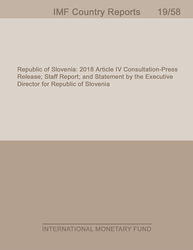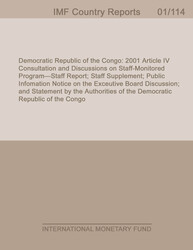
Cyprus: 2014 Article IV Consultation-Staff Report; Press Release; and Statement by the Executive Director for Cyprus
KEY ISSUESBackground: The large imbalances that accumulated prior to the global financial crisis culminated in a collapse of the banking sector in early 2013. In response, the authorities took unprecedented measures and adopted an economic adjustment program, supported by official financing, aimed at securing financial stability and fiscal sustainability.Recent developments and outlook: GDP contracted sharply in 2013. Wages and prices also declined, and unemployment increased. While bank deposit outflows have slowed, non-performing loans have risen sharply, and credit remains impaired. The outlook is difficult, with the recession expected to continue this year, followed by a modest recovery starting next year. Risks remain tilted to the downside.Reform agenda: The authorities need to overcome recent delays in the implementation of their adjustment program. A key priority is addressing high non-performing loans, which requires putting in place a strong private-sector debt-restructuring framework, including legislation to facilitate foreclosures, complemented by a modernized insolvency regime. Banks should continue to restructure and build strong capital buffers. Removal of external-payment restrictions must proceed prudently. Continued fiscal consolidation is required to ensure long-run sustainability, complemented by firmimplementation of structural reforms.
Publication date: October 2014
ISBN: 9781498340793
$18.00
Add to Cart by clicking price of the language and format you'd like to purchase
Available Languages and Formats
| English |
Prices in red indicate formats that are not yet available but are forthcoming.
Topics covered in this book
This title contains information about the following subjects.
Click on a subject if you would like to see other titles with the same subjects.
Money and Monetary Policy , International - Economics , Public Policy ,
Also of interest
Summary
Copyright © 2010 - 2025
Powered by:
AIDC



